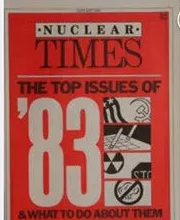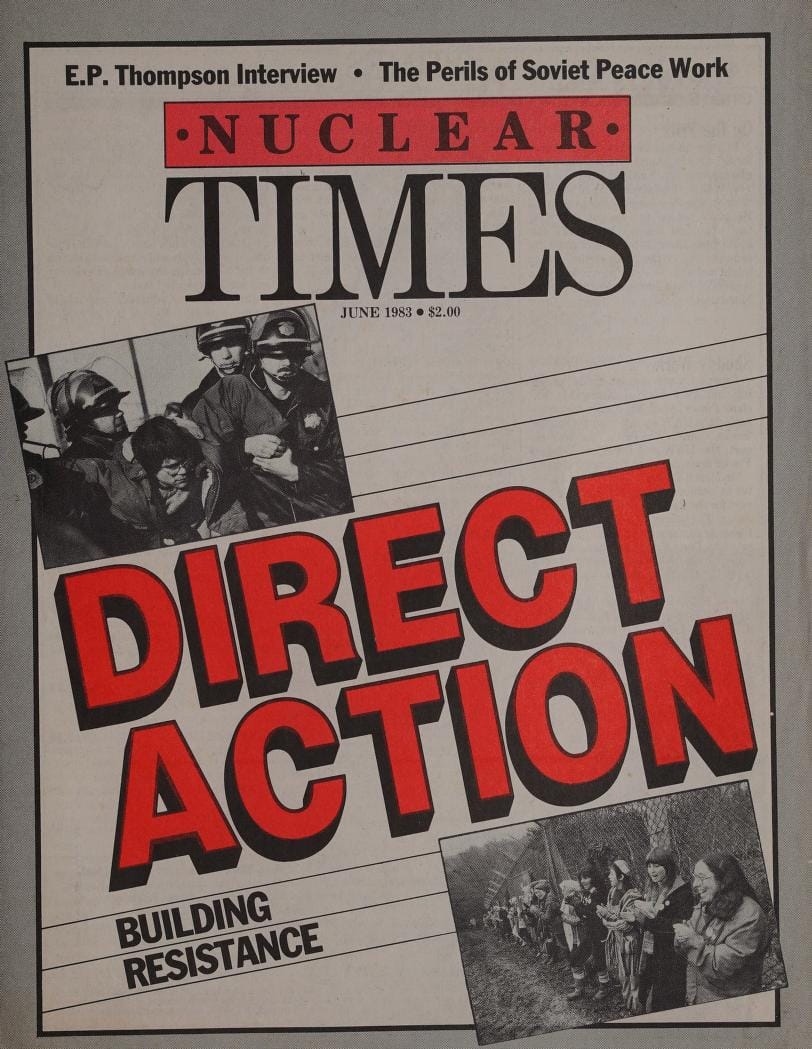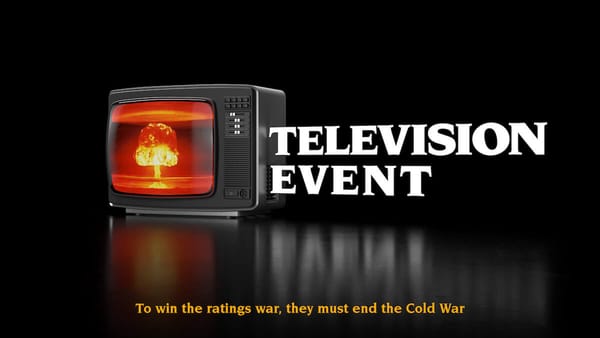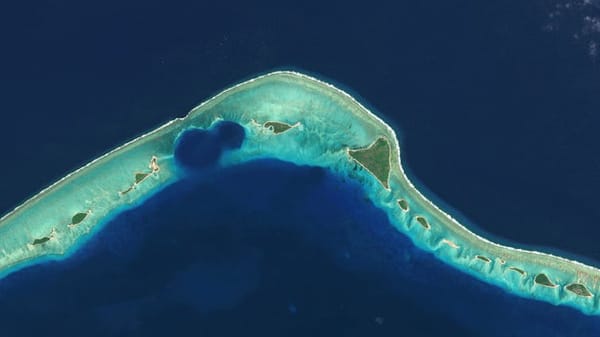To avoid nuclear war we need strong journalism
Peter Rickwood argues that a younger generation of journalists desperately need more support to understand nuclear weapons
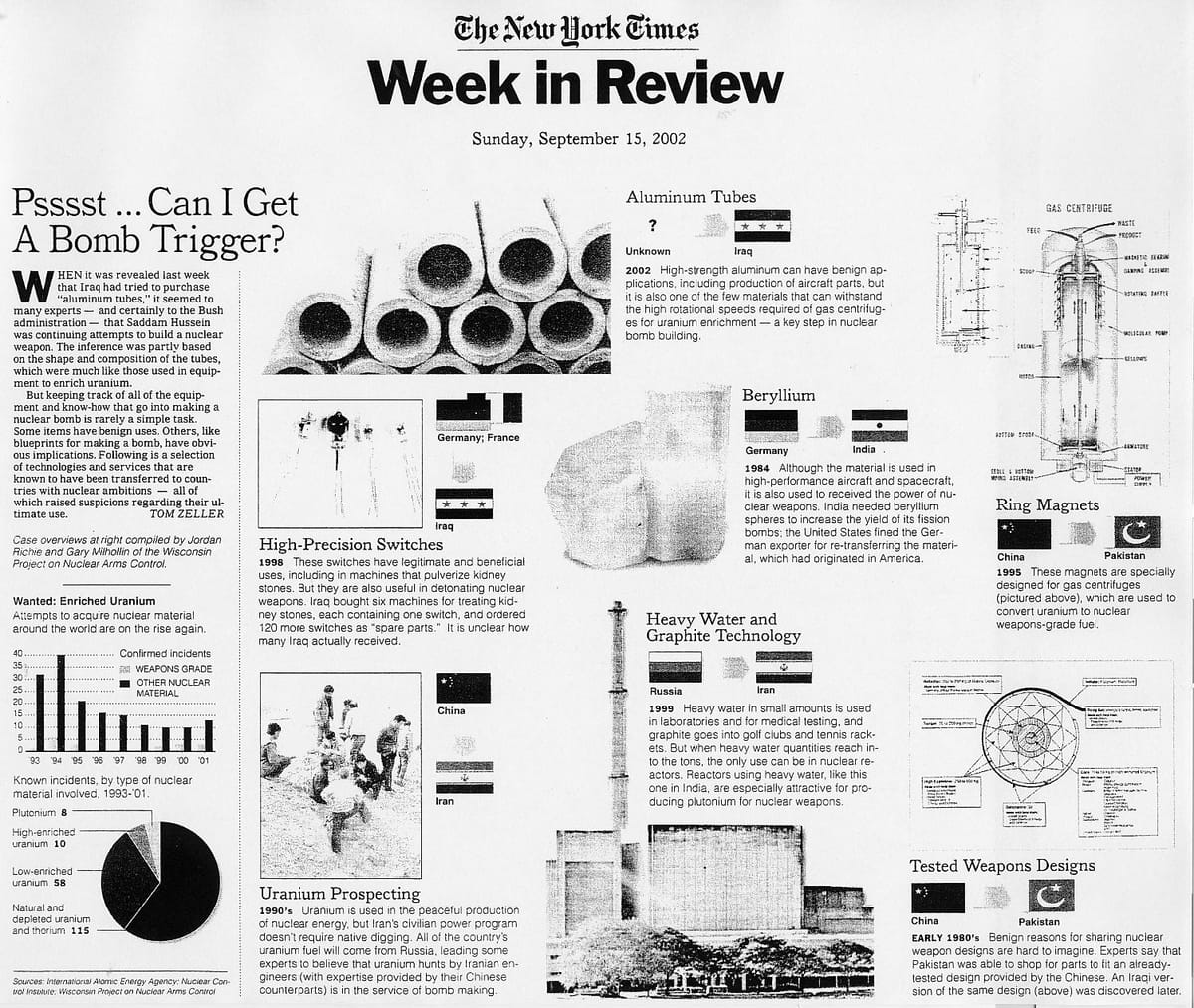
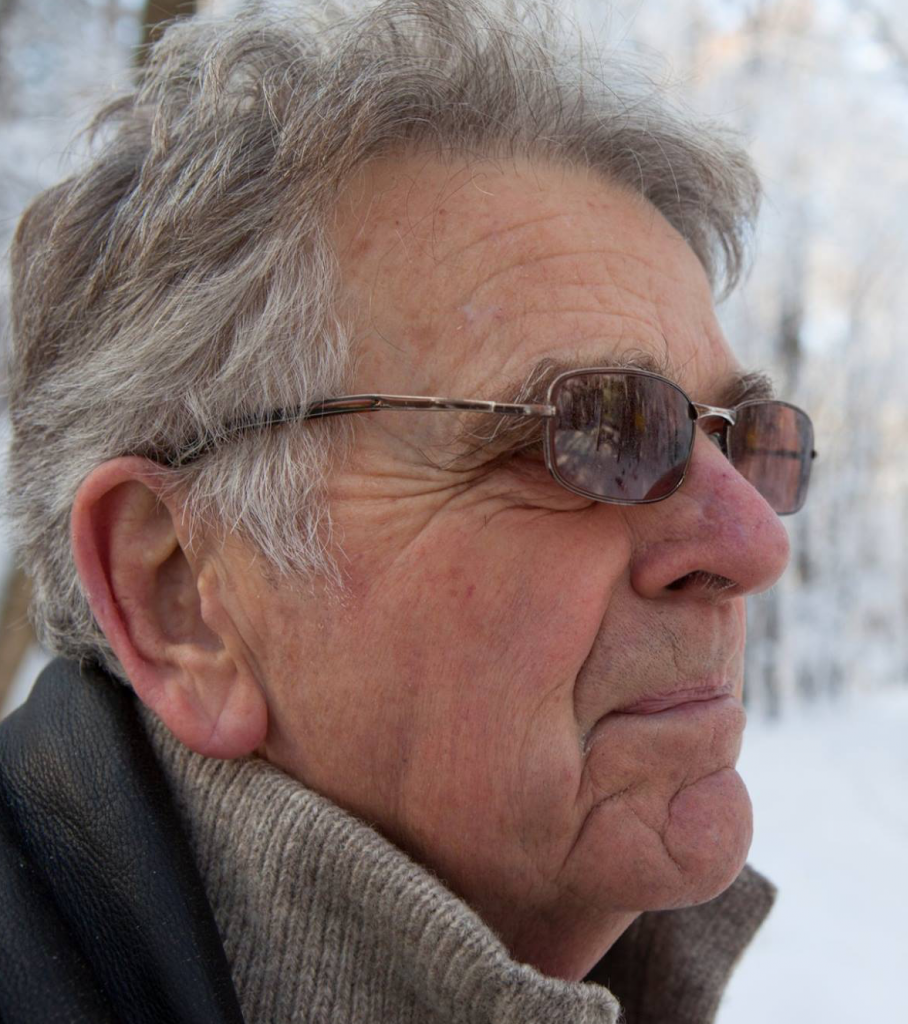
By Peter Rickwood, Founder, Atomic Reporters
“But Peter, what does it mean?” The year is 2003 and I’m an ex-journalist working as a press officer for the International Atomic Agency in Vienna. The reporter’s plea, echoed by others grappling with a complex and unfamiliar subject, is to make sense of detailed claims about secret nuclear and other weapons of mass destruction programs upon which the imminent outbreak of war is being justified.
More than 20 years later and 80 years after the fireball of the Trinity test inaugurated the atomic age in the Jornada del Muerto desert in New Mexico, deliberately false claims about nuclear weapons remain an easy sell. Without support to develop more competence, journalists will continue to be prone to being misled.
Help us relaunch the magazine for nuclear disarmament.
The current pandemic of disinformation, computer generated deep fakes, indifference, loss of trust in news media and its cutbacks, only heightens the risk compounded by the imperiality of the unaccountable and secretive nuclear weapons enterprise. However, advances in scientific research continue apace to advance knowledge. For example, recent findings reveal fallout of vaporized soil from the Trinity test spread across the US and into Canada.
Since its incorporation as a Canadian NGO in 2012, the Atomic Reporters mission has been to share such evidential information by organizing workshops and brokering information for journalists to bring a measure of scrutiny to the subject, demystify nuclear science and technology, and provide knowledge about other weapons of mass destruction.
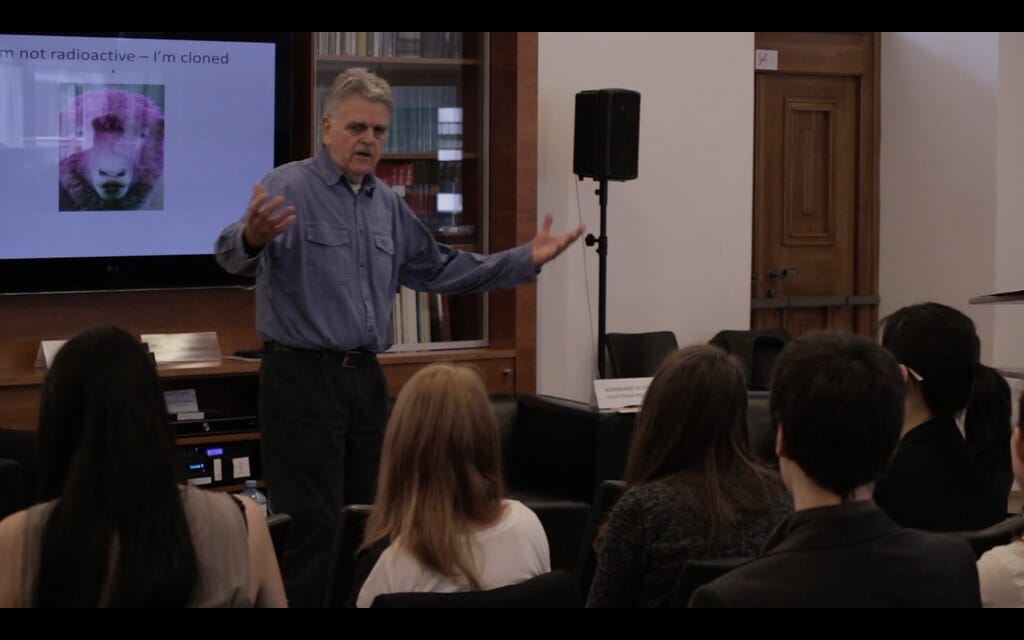
News media are an essential bridge to closing the gap in the public’s understanding of the nuclear issue. However, many new journalists did not come of age during the Cold War and thus are unfamiliar with the history of the arms race. In a poll by the Stanley Center for Peace and Security and Atomic Reporters last year, lack of understanding, secrecy, and absence of funding were cited by journalists as major obstacles keeping them from reporting on the subject.
After America’s atomic bombing of Hiroshima and Nagasaki enterprising journalists such as John Hersey, Charles Loeb, others, dispersed the fog of disinformation Washington attempted to dissuade the public from worrying and asking further questions about the effects of radiation from nuclear testing. However, such enterprise reporting continued throughout the Cold War educating and galvanizing the public resulting in unprecedented antinuclear protests throughout the early 1980s.
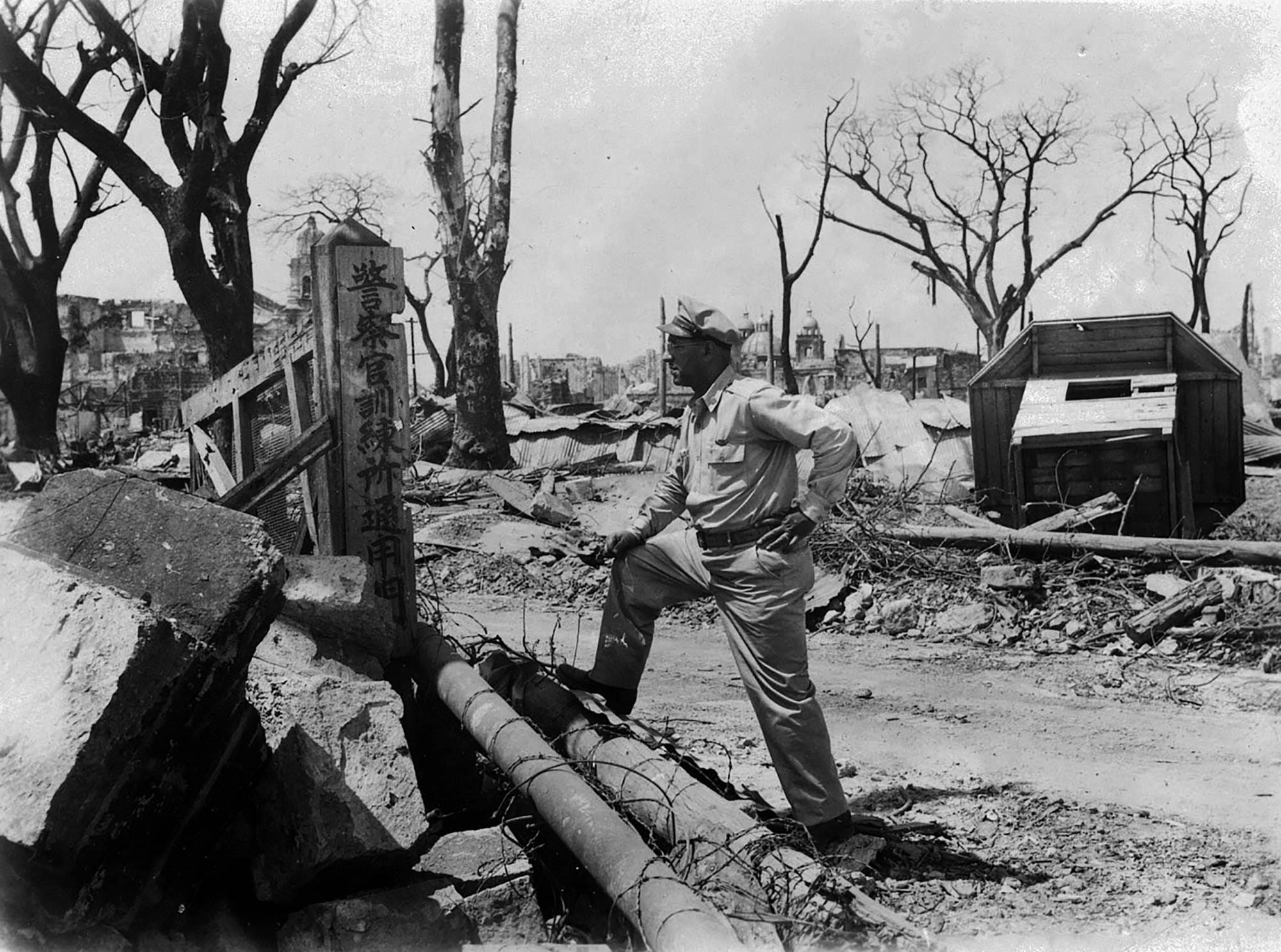
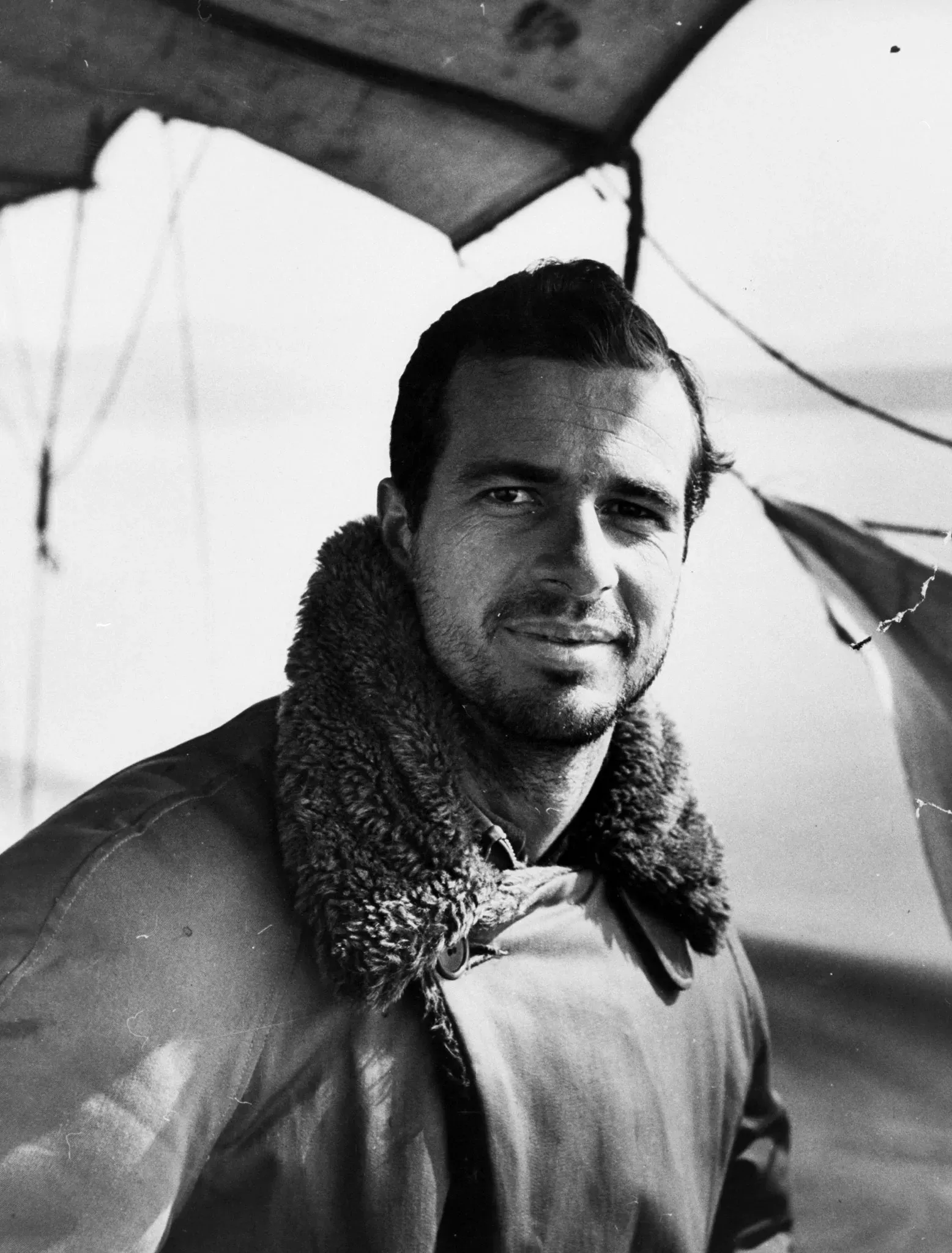
Charles Loeb/Credit: Loeb Family Photo/New York Times John Hersey/Credit: Dmitri Kessel/Life Picture Collection/Getty
As government obfuscation about the effects of nuclear weapons continues, the World Health Organization is undertaking a fresh review of the health impacts of nuclear war, despite opposition from 12 of 14 NATO states and nuclear possessors who either voted against it or abstained at a meeting of the World Health Authority (WHA) in Geneva in May 2025. The US was not a participant. The UK among the Geneva naysayers in its June defense review called for a “national endeavour” public communications campaign to convince the general public of what it describes as “the necessity” of the nuclear deterrent.
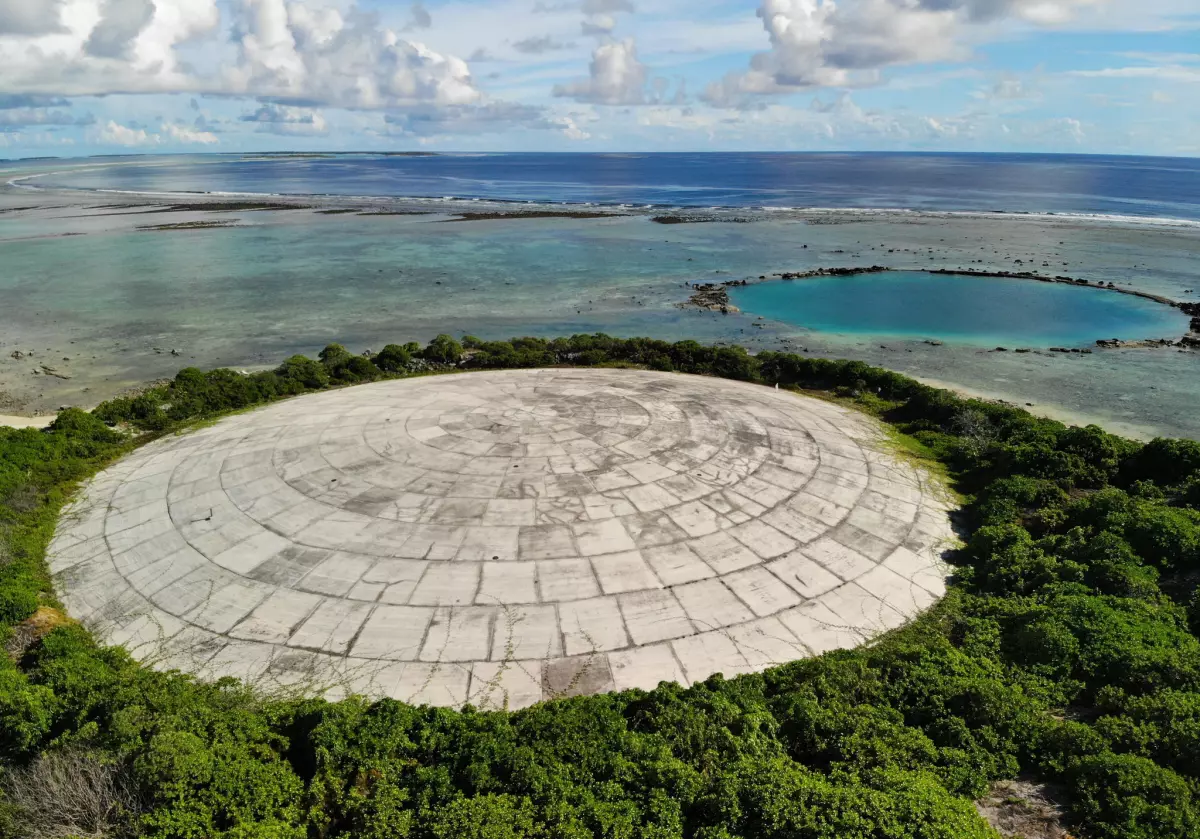
As states rattle the nuclear sabre and uncertainty stalks global relations, the subject of nuclear weapons is drawing more attention. Still, the time worn journalistic advice to “follow the money” remains poorly followed. By some estimates, current plans to modernize the US arsenal over the next 30 years will exceed two trillion dollars.
“Toys for the boys,” a Cold War expression for war planners’ enticement with new technologies remains appropriate today. The US military commemorated its invitation to executives of Meta, OpenAI and Palantir to support digitizing military warfare in a cosplaying ceremony. Questions remain about the impact of robotics on nuclear command and control.
Atomic Reporters foundational statement declares that better reporting would contribute to a more engaged public and more responsive policy. Yet in a moment of renewed nuclear dangers and threats when the role of journalists bringing fact-based reporting to the geography of nuclear fracture lines, funding for Atomic Reporters remains in doubt.
But a technology capable of erasing most of life on earth whose advent produced “a permanent emergency” that has “made the abnormal normal, and constitutional diminishment the settled order” according to Gary Wills in Bomb Power would appear a worthy target in the sights of the Fourth Estate. Since Wills made his observations the insurance policies of arms control agreements painstakingly negotiated in the Cold War have mostly been abandoned and current talk is of war not peace.
Nuclear policy provides little respect for consent and any discussion about alternatives is limited. Whether or not there’s a plurality in favor of current policy the public voice needs to be heard but without being informed it will either be inarticulate or silent.
Time for the press to challenge A.J. Liebling’s admonishment that it is the weak slat under the bed of democracy.
Peter Rickwood founded Atomic Reporters in 2012 to help journalists access the nuclear file. He spent most of his career as a reporter with the Toronto Star and served as a press officer in the International Atomic Energy Agency (2001-2009) during and after the onset of the Iraq war providing journalists information based on the findings of its inspectors.
